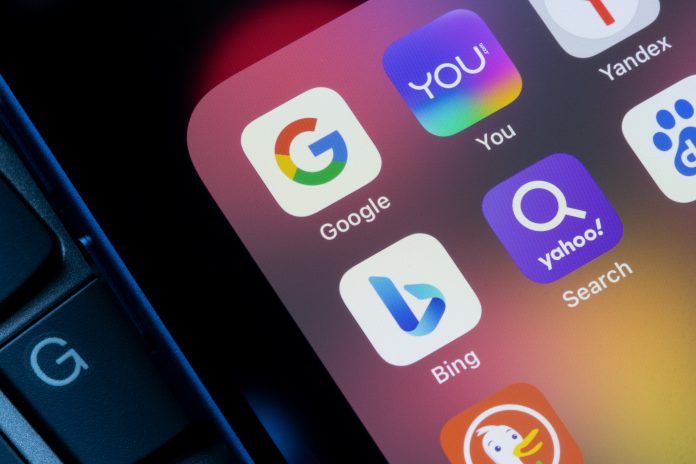Search engine marketing, or SEM, is an advertising form common amongst car dealerships and service departments in an effort to buy traffic from people who use Google or Bing to shop for vehicles on the Internet. You might not have heard of Bing, or at least not much. We’ll take a deep dive comparing Bing to Google and their ad platforms.
A Lightning-Fast Synopsis
Nearly everyone uses the Internet to find basic info about products and services these days. The search engine marketing programs available on both Google and Bing simply offer an auction system that allows businesses, including dealerships, the ability to “buy” a higher spot on the search results page by bidding against other businesses, including dealers.
The Competitors: Google vs. Bing
The two primary search engines in the U.S. market are Google and Bing. There is almost no doubt you’ve heard and used Google. Bing also the ability to buy ads and is an “up and comer” when it comes to ads though the platform has existed for more than a decade.
Let’s see how they compare. Our comparison is meant to be an objective, honest look:
Google vs Bing
We are going to break down a comparison between Google and Bing in a few ways. Bearing in mind that the basic system involves paying for individual clicks within a larger overall monthly budget, in most cases, for dealerships.
Traffic Volume
If you didn’t know much about Bing’s search engine before today, or even this year or last, you are not alone! Bing doesn’t get nearly the volume of searches that Google enjoys. Google gets most of the search traffic in multiple countries, including the United States. Honestly, most car dealerships won’t be able to drive enough traffic with just Bing ads.
Cost per click
The cost per visitor to your site is a rather important part of what makes search engine marketing go – simply stated, good quality with good keywords can have a lower cost oer click for good traffic. Google’s cost per click tends to be higher than Bing because Google is more competitive with a lot more dealers and businesses trying to pay for representation and clicks.
Types of Ads
While we will dive into more detail in later articles, Bing and Google have different types of ads – though really, they do tend to copy each other a little bit. Google offers a Vehicle Listing Ads system that takes a product feed, in addition to offering display networks and “Performance Max” ads. Bing has similar offerings in many ways, with “Performance Max” coming soon.
Shifts in Traffic
Later last year and earlier this year, a small amount of Google’s fairly large market share was eroded when Bing launched an artificial intelligence and AI-enabled search. Google has been working hard on a similar program called Bard. Expect both Google and Bing to make continuous improvements to artificial intelligence, including within their advertisements, in order to attract advertisers
AI has the potential to help people shop for cars – and we’ll see which one is better in the long run!
Demographics
Google and Bing don’t tend to offer the same audience. Why? Because Bing is integrated into some devices and the software in some machines, including Microsoft’s browsers and the search within their operating systems.
The average Bing user is a little older – and potentially has a bit more education and disposable income. This is not to say that Bing is used by old people – but with a more limited user base and people who are more “mature,” your dealership might benefit from providing search results to those with the higher potential for getting the credit to buy a vehicle.
Conclusion
Google and Bing have unique strengths. Our unbiased comparison is intended to help you decide how to use each one. In our honest opinion, you should probably put your dealership ads on at least a little bit of both.



